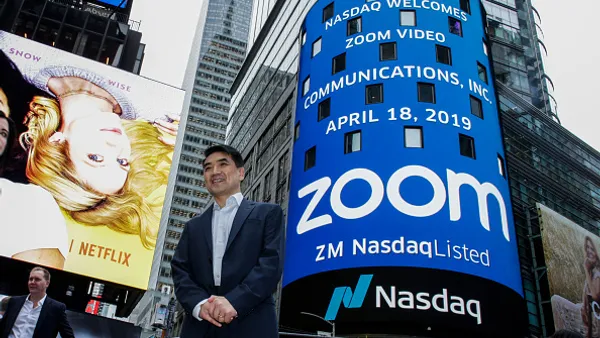The unfortunate reality is that not all of your employees are going to be engaged. You can institute every program imaginable, but there will always be a subset of your organization that does not say positive things about your company, does not feel motivated to strive to give extra effort, and does not intend to stay with your company. Still, this shouldn’t deter you from creating a culture of engagement.
There is perhaps a worse alternative to having a subset of disengaged employees. Imagine if your employees were not saying and not striving, but also had every intention to stay with your company. These are not your typical disengaged employees. They’re the employees who are disengaged at work, but also are not looking for other jobs and have little motivation to either improve or move on. While disengaged employees are more likely to “self-select” out of the organization, this isn’t always the case.
These disengaged employees who intend to stay with the organization are who we refer to as “Workforce Prisoners.” They lack the motivation to give their best and have no intention of leaving. Why does this group matter? What if your company is full of employees who aren’t motivated to go the extra mile and who do not say positive things about the company? Not only would this hurt attracting new talent and negatively impact the work experience of your engaged employees, but it would undoubtedly hurt the bottom line.
We’ve all interacted with one of these Prisoners at some point in our careers; we know how deflating they can be to our own engagement. Many of us have managed a Prisoner and know how difficult it is to deal with an employee who is unhappy but has no interest in going anywhere. These employees represent about 8% of the global workforce. That may not seem like a lot, but consider this: in an organization of 50,000, that means that there are, on average, about 4,000 Prisoners. That’s 4,000 employees who are keeping you from achieving your goals. Our goal in Aon’s Global Culture & Engagement Practice is to “accelerate people to the extraordinary” and these Prisoners do quite the opposite – it’s like trying to move your boat with the anchor still dropped.
These Prisoners represent a critical outlier to consider when creating a culture of engagement. Using real client examples, our article investigates who these Prisoners are and what we know about them. We also provide key actions on how to manage your own organization’s Prisoners.
When profiling Prisoners, we find them higher among hourly represented workers. This makes sense since represented workers often score very high on the Stay component of engagement due to their negotiated employment contract.
The most clear demographic relationship for Prisoners, however, is tenure: more tenured employees are significantly more likely to be Prisoners than less tenured employees. This remains constant across various demographic cuts (gender, race, or age). Someone who has worked at an organization less than a year has approximately a 6% chance of being a Prisoner. In the one to two year tenure category, the incidence rate increases to 6.3% and climbs in each subsequent tenure category until it reaches a stunning high of 17.1% for the 26+ year category.
These employees may feel they’ve been at their job long enough and deserve the pay they have without earning it. They may also feel entitled to the positions they hold, but they do not offer innovative ideas or feel the need to improve. What does this mean for you? Obviously, if your organization has high tenure, you may be more predisposed to have a large proportion of Prisoners. It’s also important because it suggests that if you have a problem with Prisoners, it’s not going to fix itself. In fact, it appears that the incidence rate will only increase as more of your employees increase their tenure.
Across multiple case studies, we find that Prisoners who indicate that they intend to stay with their organization, voluntarily leave the organization at a lower rate than non-Prisoners who also indicate that they intend to Stay. This suggests that Prisoners may in fact be even more likely to stay with their organization than the average employee. This is concerning considering they are not only dragging down engagement for their immediate team, but also hurting the overall performance of the business.
To view the full “Prisoners in the Workplace” whitepaper, click here.










